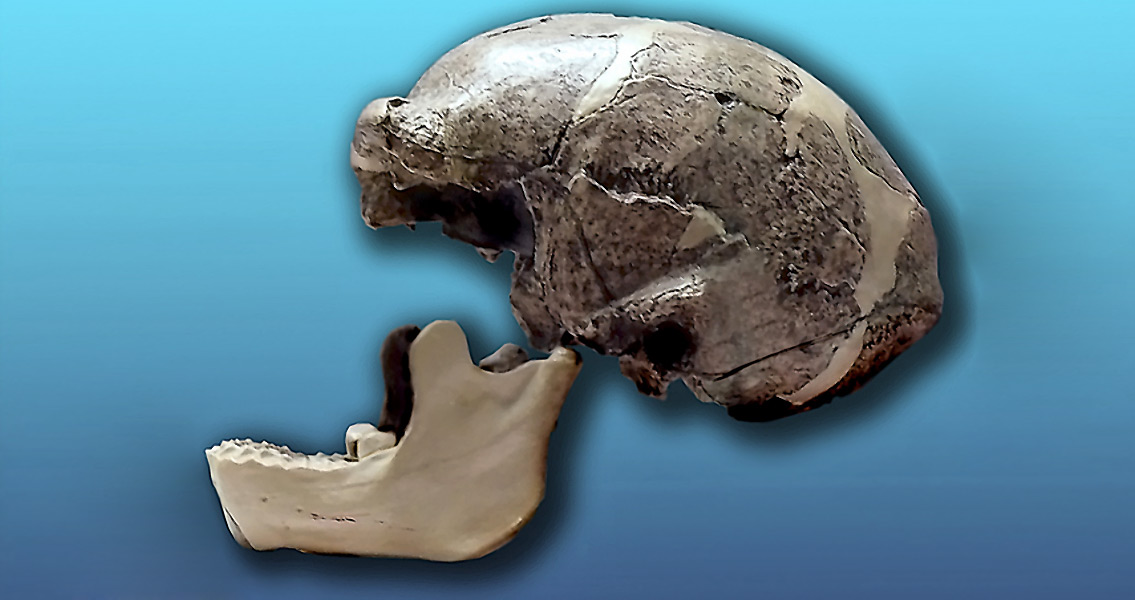<![CDATA[Two fossilised thigh bones with bite marks on them, discovered at a site in central China, have been dated to 100,000 years ago and have sparked speculation among researchers that the bite marks may be signs of cannibalism. The bones most probably belong to a young representative or representatives of the Xuchang Man species, a predecessor of modern man. The suggestion of cannibalism is based on evidence of this practice found in many different early hominin and Homo sapiens communities across the world. According to the lead researcher of the team that unearthed the fossils, Li Zhanyang, who spoke to the Indian DNA news website, the marks could have been left by a predator but it is also possible that they were left by fellow hominins. The Xuchang Man, named so after the site where the first fossils from the species were discovered about ten years ago in the province of Henan, is considered perhaps the greatest anthropological discovery in China since the Peking Man, who probably lived between 230,000 and 770,000 years ago, Ancient Origins notes. The Xuchang Man came much later, around 80,000 to 100,000 years ago, but still the fossils provide invaluable insight into a period in human evolution that is still mostly shrouded in mystery because of scarce evidence. The first Xuchang Man fossil, a partial skull made up of 16 fragments, was discovered in 2007, and since then the partial remains of another eight individuals of different ages have been found at the same site. Along with human fossils, researchers have unearthed around a thousand animal fossils and stone tools, Asia One reports. Based on the skull fossils, scientists were able to reconstruct the skull of the Xuchang Man, revealing that he had heavy brows and a small forehead. A more surprising discovery, however, Asia One continues, was the presence of a fossilised membrane on the inside of the skull, allowing the researchers who studied the skull to “track the nerves” of the hominin. The latest find, whether or not it was marked by a fellow human or another predatory animal, is exciting, Li Zhanyang said in an interview with China Daily, because it is the very first specimen of limb bones found at the site called Lingjing. This fact, according to Li Zhanyang, will provide “more opportunities to decode the process of human evolution.” Just a few days ago, Chinese scientists also announced an important finding related to the Peking Man: apparently, this early hominin used fire for cooking and warmth as far back as 600,000 years ago, Ancient Origins reports. If confirmed, this would be the earliest documented evidence of such use. The evidence consists of fireplaces ringed by a circle of stones with burned rocks, soil and completely carbonised (i.e. burned through) bones in them. The researchers examining the site, near Beijing, also found quick lime, which according to them was the result of burning limestone. It is possible that the fire was an accidental occurrence however, some sceptics have noted. Image courtesy of Wikimedia Commons user: Jose-Manuel Benito Alvarez ]]>
100,000-Year-Old Human Bones with Bite Marks Found
